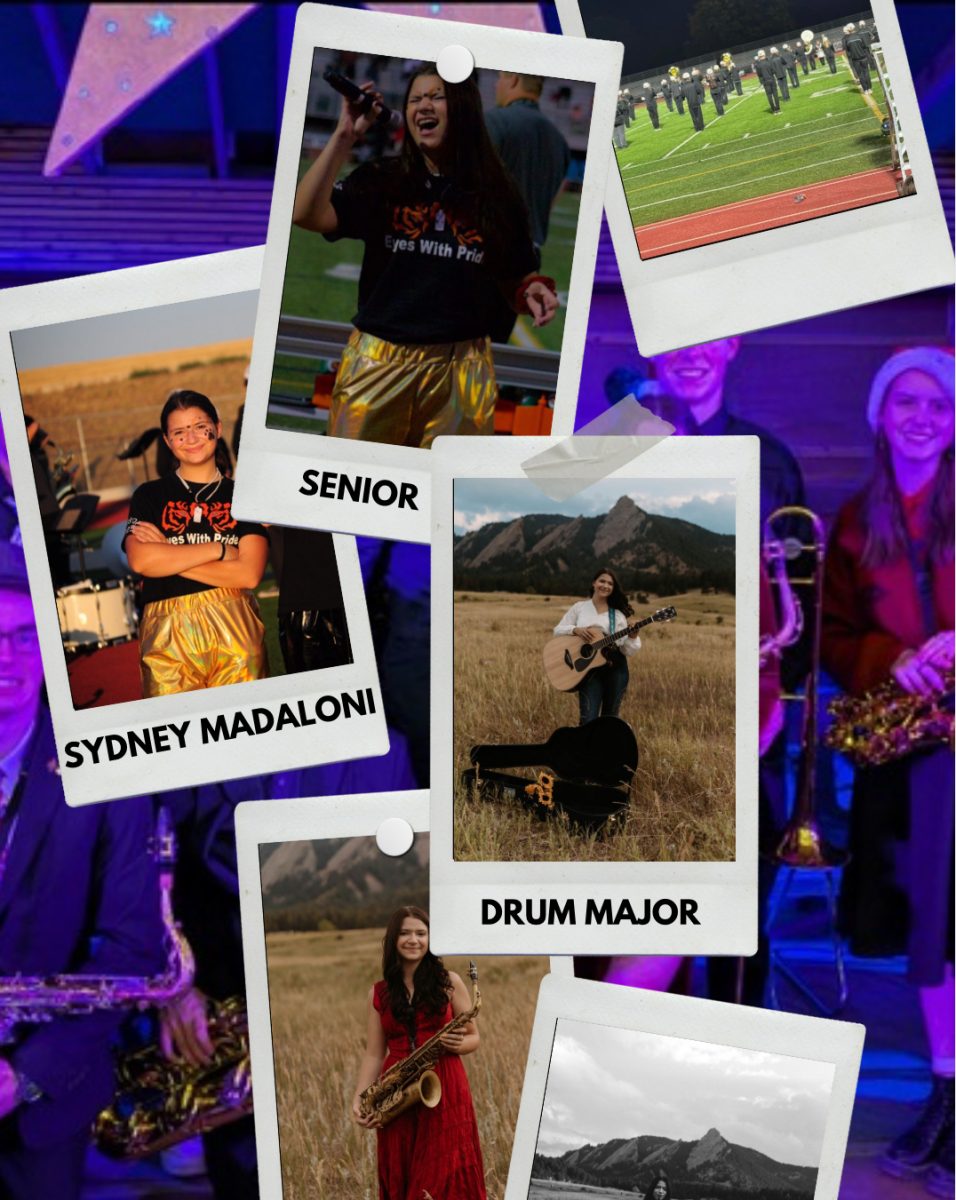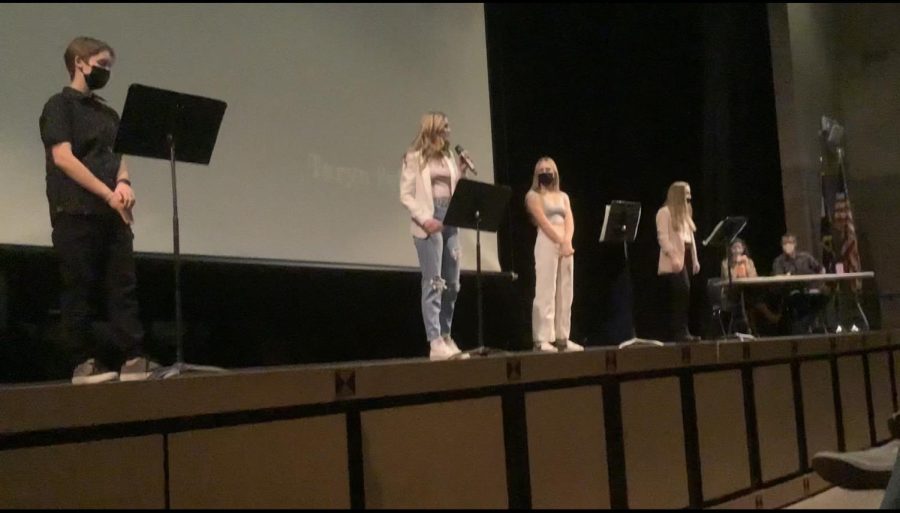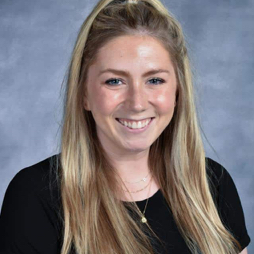A Distanced Classroom Takes on a Distanced World
October 8, 2020
The silence within the walls of Erie High School has ceased, as students and teachers are beginning hybrid learning during the week of October 5th.
After a sixth-month student hiatus, teachers have to adapt their classrooms for social distancing. For the typical room, tables stretch from corner to corner. One person is assigned to each table, ensuring there is enough distance between everyone. Some classrooms can only fit around fifteen students while larger classrooms, such as the choir room, can fit a maximum of twenty-five people at one time.
“Students are going to be shocked when they get back and realize how unoccupied classes are going to feel,” English teacher Jake Rupp, acknowledged.
Students will have seating charts in all of their classes for contact tracing. If someone contracts Covid-19 at Erie High, their whereabouts are easy to monitor. This way, other students that may have been exposed to the virus can be notified quickly.
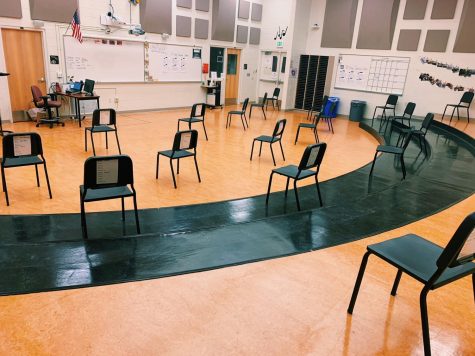
Several teachers have also had to change their style of teaching this year. The biggest change being the management of two different groups, the WebEx students and those who will be in-person. The hybrid schedule provides an opportunity for half of Erie students to attend in-person, while the other half stay online. Later in the week, these groups switch, where those on WebEx have the chance to be in-person and vice versa. By providing assignments and classwork feedback online, both groups can be completing the same tasks at the same time, no matter where they are learning from.
“The biggest change to my teaching style will be managing both the in-person and the remote elements of class,” Burd described. “To be honest, I am basically changing everything about the way I teach in both an online and hybrid setting.”
Another challenge is how to incorporate virtual students into the real classroom. Teachers, such as Rupp, have decided to focus mainly on those who are virtual first. After giving WebEx students clear instructions, he can let them work on independent studies. He can then utilize his time towards the end of class to communicate directly with those in the classroom. This will be the time for in-person students to be involved in class discussions.
“I have my direct instruction and then I tend to let my [WebEx] students go,” Rupp shared, “I can now go engage with all of the physical human beings in the room and have actual conversations.”
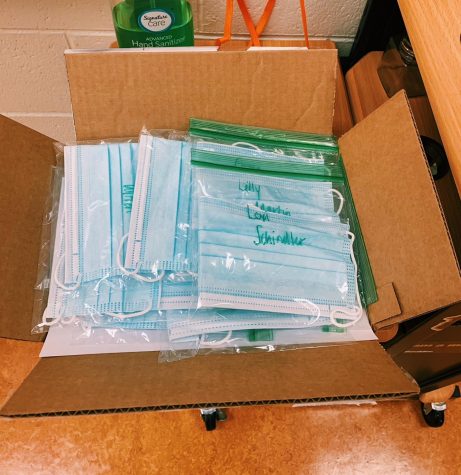
For Choir, virtual students will sing in rehearsal by muting their microphones and listening to those who are singing at school. An issue with in-person singing is an uneven split of voice parts. The hybrid schedule has created two groups of students, split alphabetically. Therefore, the number of students singing a particular voice part, such as soprano, alto, tenor, or bass, will be affected. Although proving difficult, Burd realized the opportunities that come along with singing with smaller groups.
“Rather than having a balanced choir, there will be some imbalanced groups,” Burd confessed. “While challenging, it does present an opportunity to grow as a singer and become very confident on your part by yourself.”
Erie High teachers and students may experience hurdles while this change to hybrid occurs. However, teachers remain hopeful that this temporary schedule will be successful.
“My core belief is that this is not forever. I do not know how long temporary is, but it is shorter than forever,” Rupp concluded.










